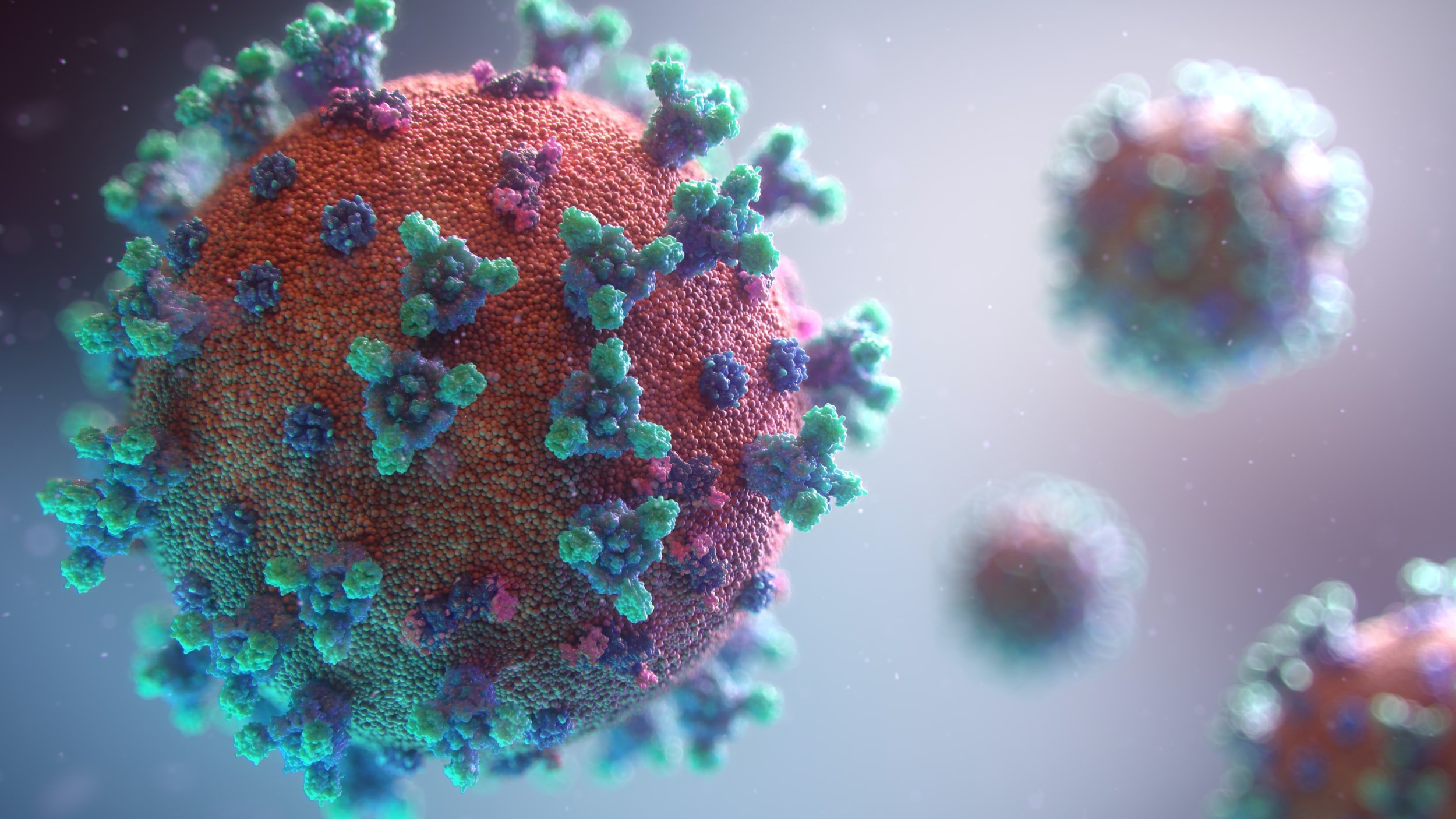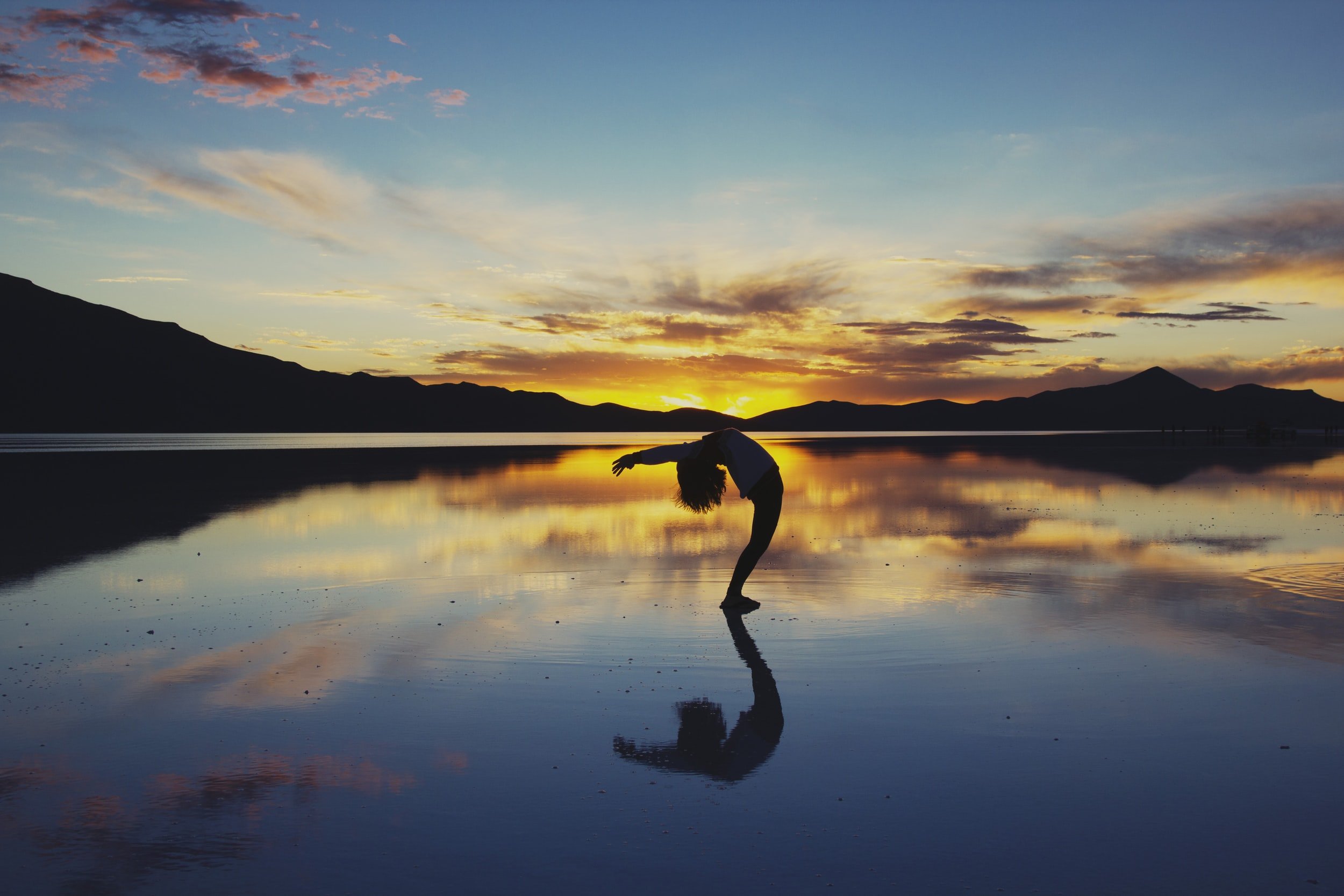How COVID Changed My Practice
Mary Taylor
It was a crisp, vividly blue-skyed day. Not a cloud in sight. Just like it was in New York that same day.
When I dropped our son off at school, I had no idea what his classmate, Ben, was excitedly going on about as we walked by. Leaving, I turned on public radio. At first, I couldn’t make sense of the commentary describing the scene on the ground. By the time I’d reached the nearby underpass and the light was turning from amber to red I heard it for the first time. Planes had crashed into the World Trade Center and people were jumping out of windows to their death. Blood dropped out of my heart into my feet as I came to a stop. The car in the lane next to me rear-ended the car in front of it. They were probably tuned into the same radio station I was. We all waited for the light to change and drove on, broken fenders scraping the road, completely oblivious to the fact that we were breaking the law—leaving the scene of an accident. We were alive. Just move on.
Whether in that moment we saw it or not, our lives were forever changed that day. A certain age of innocence in our nation’s history came to a screeching halt and many of us we realized our world was truly broken. Though perceptions of what exactly that meant were not so unified. Regardless of viewpoint, what got most of us through those first days and months were the connections we had to people and to nature along with the pure pleasure found in the act of taking care of others. But the dust settled, and old habits took hold. Hard edges of xenophobia, divisiveness, and entitlement replaced the potential for change and insight into an awareness of the healing power of a tender, open heart. Life changed forever, but not necessarily for the better.
And it’s happening again. Not the terror and tragedy of the towers being hit, but a world-shattering event that is changing life as we know it forever. Unlike 9/11, this time the change didn’t occur in an instant. Instead, we’ve been hit by COVID at just the right moment in history to impact the towering structures of our social systems, geo-political and global power grids, our minds, and our behaviors in foundational ways. As any self-respecting virus might wish to do, COVID crept in through a back door to assure its survival, while seeds of confusion and doubt were laid in its deadly path, guaranteeing its endurance far longer than any of us initially presumed possible. Utter disbelief and broken fenders have been replaced by residue of long-term fear, denial, confusion, exhaustion, hopelessness, and numbness.
Part of what makes this particular time so intense is that in the beginning of the pandemic as indiscriminate death and suffering loomed and we were scrambling to figure out how to protect ourselves and our loved ones, other aspects of cultures that had long needed to be addressed for their dysfunctionality were also revealed. Played out center stage as billions were locked down and glued to their screens in disbelief. George Floyd’s murder, Bolsonaro’s stripping of the rain forest and endless examples of the extreme inequities between what Yuvol Noah Harari adeptly calls a new world order—billionaire oligarchs setting standards of corrupt and injurious political/social structure worldwide.
Now the opportunity to look and to act beyond those facts and fears is clear and urgent. We’re being invited in so many ways, on so many levels, to understand and embody the truth of interconnectedness—that we are all intimately connected to everyone, everything else. And at the same time, at least for a while as COVID deaths worldwide top five million, there’s no denying the truth of impermanence. We’re all going to die as will everyone we know and love (alongside those we hold in disdain). Nonetheless, we are not separate from the earth, the process of life and from one another. Once more there’s the chance to dip into the pleasure of connecting to nature, to communities and to others as we do what we can in each action we take to be of service rather than remain trapped by a small-self perspective that misses the foundational truth that we’re part of something far bigger than we can ever fully imagine. Life is short and as Dogan says, “may we not squander it.”
As we learn to embrace life and make the most of it, returning to the teachings of the Yoga Sūtra and the kleśas (Ch 2 V 3) can be helpful. We are reminded that fearing death and impermanence is a natural part of being human, and that the best path out of the suffering is to go through that fear by truly feeling and acting in a spirit of interconnectedness. Yes, 9/11 was a nightmare and the pandemic combined with revelations about the dire situation and fragility of our world and planet are loud and clear lessons that we cannot ignore. These tragedies are forever embedded in our collective consciousness, our collective nervous system and now, as in 2001, there is a chance to embrace positive shifts in perspective and behavior. To step out of our small minded ways while openly interacting with and supporting others to make room for lasting changes that will lead toward a more conscious, humanitarian and ecologically sustainable future. All this is possible. If we choose to make it so.
For those of us who practice yoga, besides the tragedies themselves, another interesting commonality between 9/11 and the pandemic, one that could help us actually implement change, is insight into how and why our practices have been challenged by the events of the times.
When the towers fell vulnerability and heartbreak were pervasive, vivid, and visceral. The suffering of those wandering the streets of New York with photos of their loved ones clutched to their chest before hopes of survival disappeared was heart wrenching. The shock of what it meant to see one group of people—called terrorists—so self-righteous, so certain of their dogma that destruction and killing thousands made sense was utterly confusing. Watching our own institutions reel and for an instant show their humanness was hopeful, until they recoiled in their own segregated identity. Which was demoralizing. And the fallout from this showed up in our practices.
I recall that after September 11th for three months or more, so many students struggled with backbends. I did too. No wonder, backbends are the ultimate physical expression of open heartedness and vulnerability. They exemplify strength and softness rolled into one, and metaphorically they represent our ability to bridge gaps and difficult situations. Not on the menu when your illusion that things are working collapses before your very eyes. No wonder we couldn’t backbend after 9/11. And for others sitting practice was impossible because sitting and observing the movement of mind was like holding one’s hand in a flame and ignoring the pain by just observing it as sensation, rather than being smart and removing it from the heat. After 9/11 for many observing the movement mind on the surface of a clear body of water simply wouldn’t, couldn’t happen.
However, because we were practicing together and watching others with similar embodied responses to the trials and tensions of the times, we made it through. We encouraged each other to be patient and to try forward folding or low supported backbends instead. We trained ourselves to accept 5 minute mindfulness practices to fortify our focus and touch into something deeper inside. Of course the breath was the key, relying more deeply than ever on the integrity of the breath, emphasizing the exhale that invariably connects us earth and to others. Gradually, a deeper ability to do backbends to trust our vulnerability and usher openness and compassionate to the foreground returned. Our practices helped us to make positive changes.
These days we’re hearing from many students too that their practice has been impacted in unexpected ways by the pandemic. Some, not so driven, others more so. Some longing for Mysore community, others feeling less connected and moving away from practice. Many finding new expressions of practice (chanting, farming or social activism, to name a few) that seem more relevant to their body or the times.
If you’ve recently experienced difficulty with backbending, balancing, pranayama, meditation or the discipline you once had toward practice, you’re not alone. These kinds of shifts may be more noticeable now, but really, they’re always there. We have a child, go through divorce, or have a bike accident and the practice is likely to change. And if circumstances don’t do it to us, just wait. Aging will. In a sense that’s what makes the practices simultaneously rewarding and frustrating—thay are always evolving.
These yoga practices we’ve all be training in are actually not the end-game in and of themselves. Once we soften into that idea—driven by necessity like the pandemic or gradually over time as the years tick by, then the practices become a source of great joy and liberation. Practice, taken slowly and in context of whatever is arising gets us through rough spots of mind, body and emotion. I can attest to that. Though still some days when my mind won’t settle or my arm is too stiff to lift directly into Ekam, I forget those markers aren’t the main event.(I should work on smṛṭi). Who cares if you can put your leg behind your head, except, as Richard points out, you?
What luck to have stumbled into this practice! Now we just need to remember to show up with fresh eyes and curiosity in a spirit of curiosity and gratitude for this opportunity to walk the earth together.
In Ashtanga Yoga we’re often trained to do the series, the full series and nothing but the series. This mentality is not inherently bad, but can be limiting at best, damaging at worst. Peg Mulqueen wrote a great piece about the struggles students encounter when not being able to do practice “like they used to.” Check it out!
“Who cares if you can put your leg behind your head?” Except, as Richard points out, “You!”





